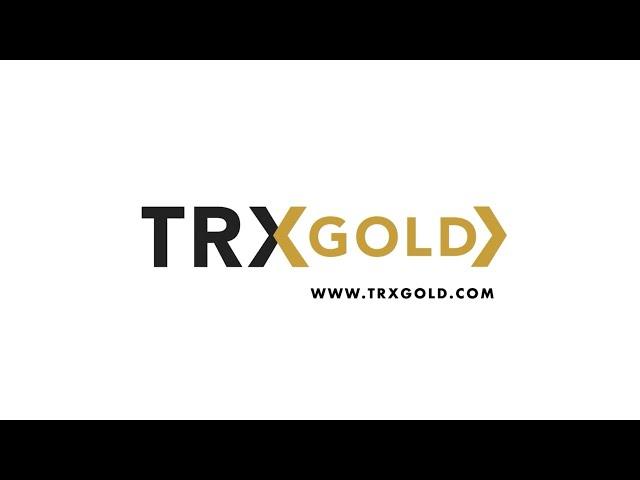The Tesla 2170 Lithium-Ion battery cell and other high capacity lithium-ion battery cell technologies all represent the first hopeful steps in transitioning society towards a new standard in practical and economical transportation via electric vehicles.
HOW BATTERIES WORK
The modern incarnation of the electrochemical battery is credited to the Italian scientist Alessandro Volta, who put together the first battery in response to the misguided findings of his colleague, Luigi Galvani. Volta suspected that the electric current came from the two dissimilar metals and it was being transmitted through the frogs’ tissues, not originating from it. Volta had developed the first electrochemical battery, known as a voltaic pile.
Individual cells can be combined into configurations that can both increase the total voltage and current capacity. This is known as a battery. On primary batteries, the electrodes become depleted as they release their positive or negative ions into the electrolyte, or the build-up of reaction products on the electrodes prevents the reaction from continuing. This results in a one-time use battery.
In secondary batteries, the chemical reaction that occurred during discharge can be reversed.
FIRST RECHARGEABLE BATTERY
In 1859, the French physicist Gaston Planté would invent the lead-acid battery, the first-ever battery that could be recharged. By the 1880s, the lead-acid battery would take on a more practical form with each cell consisting of interlaced plates of lead and lead dioxide.
In the early 1900s, the electric vehicle began to grow in popularity in the United States, after thriving in Europe for over 15 years. Within a few years, most electric vehicle manufacturers had ceased production.
NiMH
In the late 1960s, research had begun by the global communications company COMSAT, on a relatively new battery chemistry called nickel-hydrogen. Designed specifically for use on satellites, probes, and other space vehicles, these batteries used hydrogen stored at up to 82 bar with a nickel oxide hydroxide cathode and a platinum-based catalyst anode that behaved similarly to a hydrogen fuel cell. The pressure of hydrogen would decrease as the cell is depleted offering a reliable indicator of the batteries charge.
Though nickel-hydrogen batteries offered only a slightly better energy storage capacity than lead-acid batteries, their service life exceeded 15 years and they had a cycle durability exceeding 20,000 charge/recharge cycles. By the early 1980s their use on space vehicles became common. Over the next two decades research into nickel-metal hydride cell technology was supported heavily by both Daimler-Benz and by Volkswagen AG resulting in the first generation of batteries achieving storage capacities similar to nickel-hydrogen, though with a 5 fold increase in specific power. This breakthrough led to the first consumer-grade nickel-metal hydride batteries to become commercially available in 1989.
REVIVAL OF ELECTRIC CARS
Almost 100 years after the first golden age of electric vehicles, a confluence of several factors reignited interest in electric vehicles once again. This initiative intersected with the recent refinement of nickel-metal hydride battery technology, making practical electrical vehicles a viable commercial option to pursue. By the late 1990s, mass-market electric vehicle production had started once again. Taking a more risk-averse approach, many automakers started to develop all-electric models based on existing platforms in their model line up.
MODERN ELECTRIC CARS
Despite lithium-ion batteries becoming a viable option for electric vehicles, the second half of the 1990s into the mid-2000s were primarily dominated by the more risk-averse technology of hybrid-powered vehicles. And even these successful early models such as the Toyota Prius were generally still powered by Nickel-metal hydride battery technology.
At the time lithium-ion batteries were still relatively unproven for vehicle use and also cost more per kWh. Around 2010, The cathode material of lithium-ion cells would once evolve with the advent of lithium nickel manganese cobalt oxide cathodes or NMC. Curiously, Tesla is known for being the only manufacturer who does not use NMC cell technology but rather much older lithium nickel cobalt aluminum oxide cathode, or NCA.
COBALT
With the surge in consumer adoption of electric vehicles, comes a rise in the demand for the lithium-ion batteries that power them. While roughly half of the cobalt produced is currently used for batteries, the metal also has important uses in electronics, tooling, and superalloys like those used in jet turbines. More than half of the world’s cobalt comes from the Democratic Republic of the Congo. With no state regulation, cobalt mining in the region is also plagued with exploitative practices.
SUPPORT NEW MIND ON PATREON
https://www.patreon.com/newmind
SOCIAL MEDIA LINKS
Instagram - https://www.instagram.com/newmindchannel
- Category
- Battery Metals Green Technologies Energy
- Tags
- tesla, lithium battery





